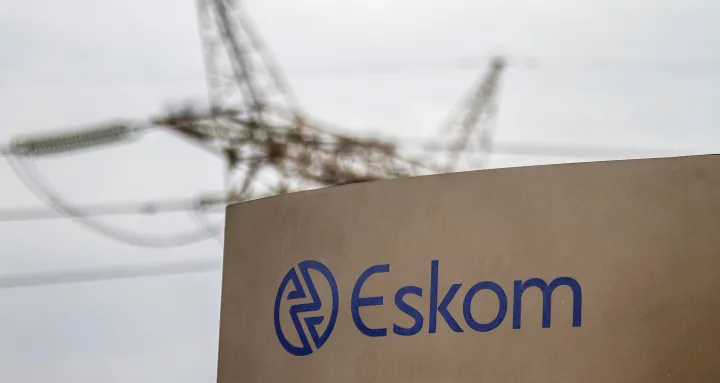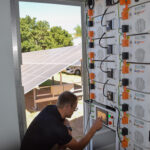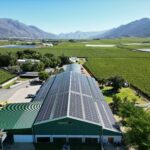Introduction
Just weeks after approving a 12.74% revenue increase for Eskom for the 2025/26 financial year, the National Energy Regulator of South Africa (NERSA) has now given the go-ahead for a major restructuring of the power utility’s tariffs. This move is set to fundamentally change how South Africans are charged for electricity and will be implemented over the next three years.
Key changes include a significant increase in fixed charges, particularly for solar PV users who rely on the grid as a backup, while variable costs will decrease with changes such as the removal of Inclining Block Tariffs (IBT). These adjustments aim to create a fairer distribution of electricity costs rather than increasing Eskom’s overall revenue.
The Driving Forces Behind the Restructure
While Eskom has not officially attributed the tariff restructuring to declining electricity demand, industry analysts suggest that the ongoing reduction in consumption of Eskom-supplied electricity may be a contributing factor.
Energy analyst Chris Yellend, managing director of EE Business Intelligence, highlights that South Africa’s economy is shifting away from energy-intensive industries toward low-energy service sectors. This transition is largely driven by rising electricity prices, which make it economically unfeasible for many large power consumers to continue operations—some even shutting down as a result.
Additionally, as businesses and households turn to alternative energy solutions, Eskom has experienced a steady decline in electricity sales over the past decade. The increasing cost of electricity has further accelerated the move toward self-sufficiency, leaving Eskom in a precarious financial position.
Why the Tariff Shift Was Inevitable
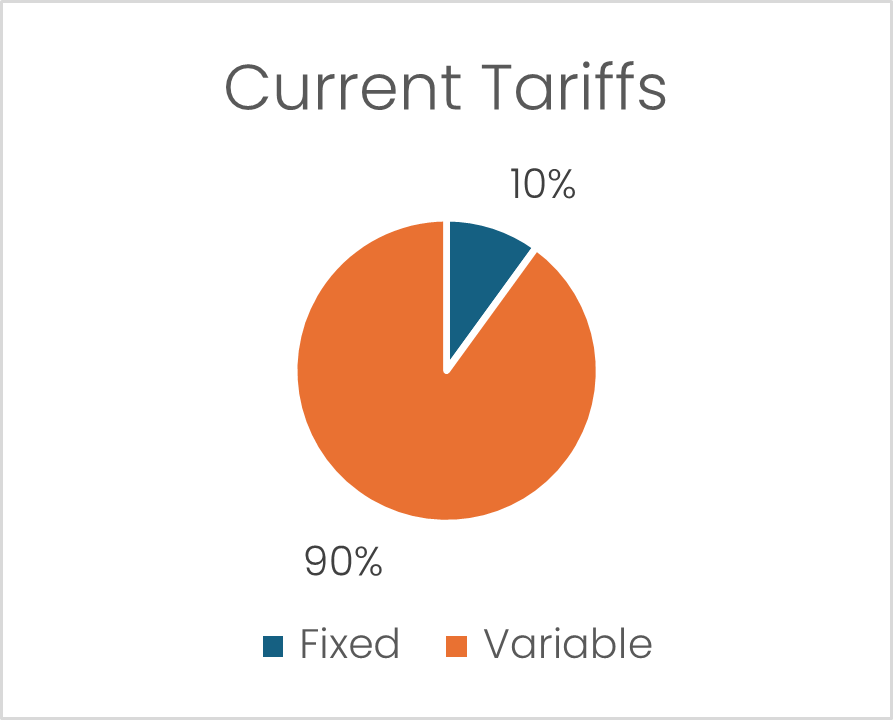
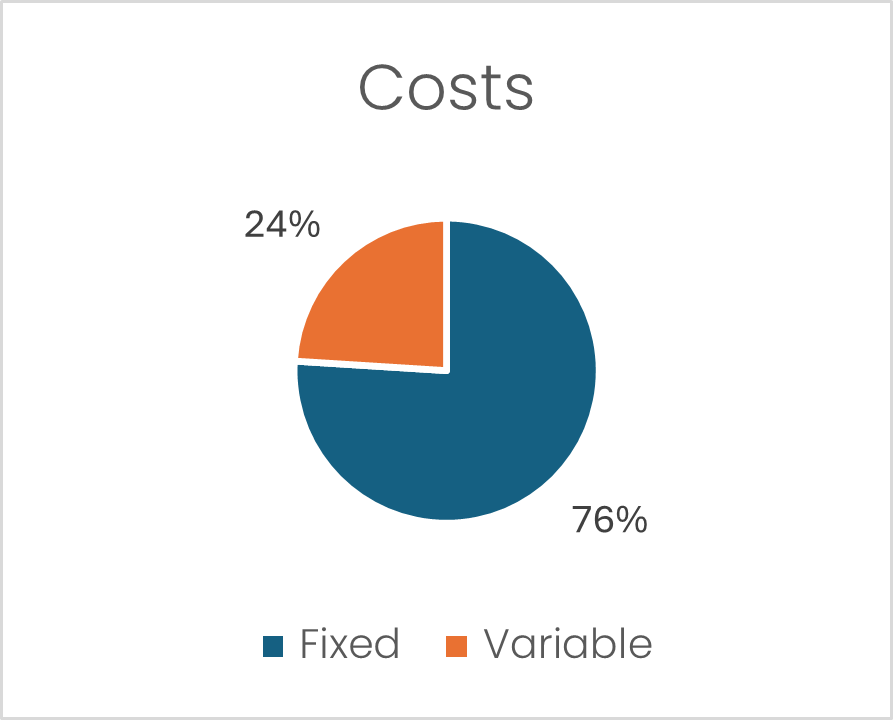
Not getting into arguments as to the validity or prudence of Eskom’s expenditure, Eskom’s previous tariff structure was heavily dependent on variable charges, with around 90% of revenue coming from consumption-based pricing, even though only 24% of its costs were affected by actual generation (variable cost). With Eskom as only supplier this imbalance never showed itself to the consumer. However, in the modern-day era where citizens can choose to generate electricity themselves, the significant imbalance between fixed cost and fixed charges had the unintended effect of benefitting low energy consumers that primarily uses Eskom as backup supplier.
According to Deon Conradie, a former senior manager for tariffs at Eskom and part-time lecturer at Wits Business School, “This (tariff change) eliminates artificial subsidies and improves cost transparency, particularly for grid-connected backup and energy export users. It ensures they contribute fairly to network costs.”
Potential Risks and Consumer Impact
The new tariff structures raise concerns of its own.
Danie Rautenbach, director of 2Zero50, warns that, despite NERSA’s explicit prohibition, these changes may lead to an overall increase in electricity costs to South Africa as a whole. With an implementation date of July, the utility and NERSA have precious little time to suggest, model and set new tariffs. This time squeeze leads to an increased risk of an (NERSA unintended) overall cost increase.
Additionally, Danie predicts that more customers may choose to go completely off-grid or transition from grid-tied to standalone renewable energy systems to mitigate the impact of higher fixed charges. This will further erode Eskom’s customer base, exacerbating its financial challenges the utility faces in the long run.
Danie states, “We are already seeing a trend towards off-grid. A growing number of business cases already point towards off-grid as the better financial option.”
Looking Ahead
While NERSA maintains that these changes aim to create a fairer cost distribution rather than increase Eskom’s revenue, the on-the-ground implications remain uncertain.
The restructuring will require careful monitoring to assess its real impact on consumers, businesses, and Eskom’s financial sustainability.
With the energy landscape evolving rapidly, South African electricity consumers must stay informed and re-evaluate their options as the new tariff system takes effect in the coming months.

